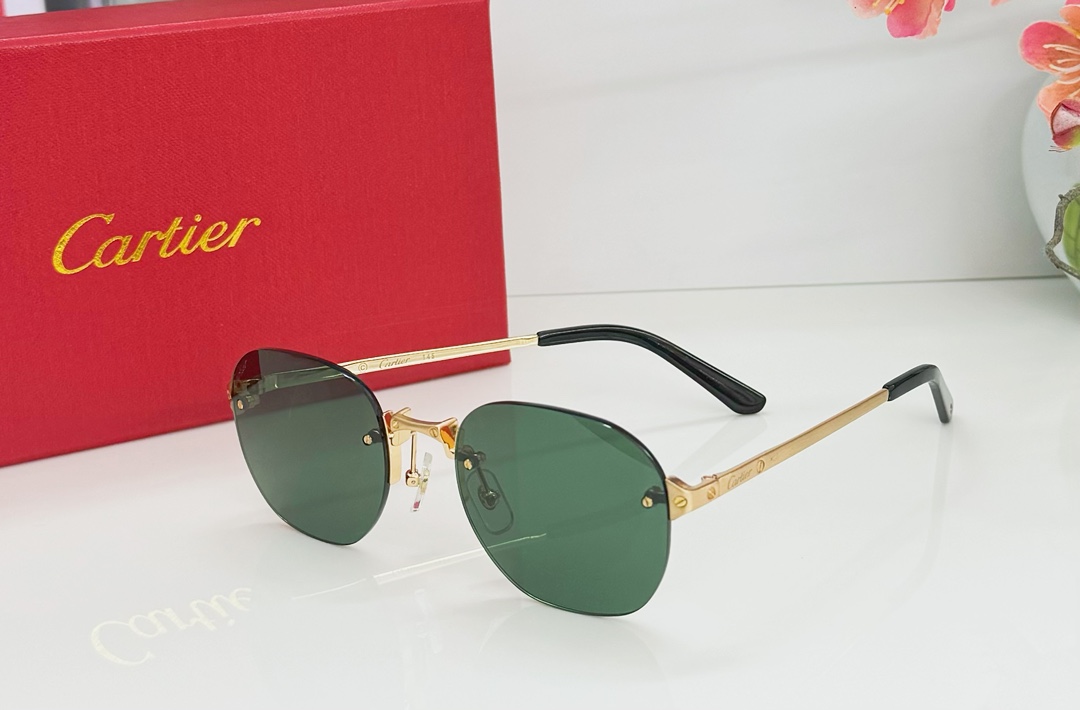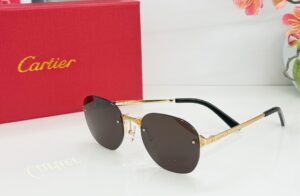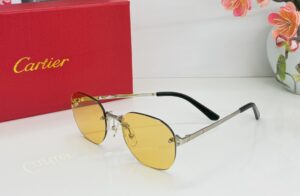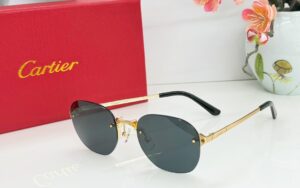Understanding Regional Laws on Knockoff Eyewear
Knockoff eyewear, commonly referred to as counterfeit goods, presents a multifaceted legal challenge that varies significantly across different regions. The legal definition of counterfeit eyewear typically hinges on the unauthorized use of trademarks or design elements of an original brand. In many jurisdictions, laws protect intellectual property rights, creating a framework for defining and penalizing the sale of such goods. For instance, in the United States, the Lanham Act legislates against trademark infringement, allowing brand owners to pursue legal action against counterfeit sellers, often leading to substantial fines and even imprisonment for offenders.
In Europe, the enforcement of anti-counterfeiting laws is taken quite seriously, with strict regulations under the EU Regulation on Customs Enforcement of Intellectual Property Rights. This legal structure enables customs authorities to seize counterfeit goods at the border, employing rigorous measures to protect genuine brands. Penalties in Europe for selling knockoff eyewear can include significant financial repercussions and a ban on repeating the offense. Countries in Asia, such as China, where a considerable amount of counterfeit goods originate, have made strides in improving enforcement mechanisms, yet challenges remain due to high demand for affordable knockoff products.
The impact of these laws on consumers and manufacturers cannot be overstated. For manufacturers, the enforcement of these laws fosters a sense of security, as their intellectual property is protected from unauthorized reproduction. Conversely, for consumers, the proliferation of knockoff eyewear may create a perception of affordability, yet it also poses risks related to quality and safety. The global market suffers from the negative repercussions of these counterfeits as well, with estimated losses in billions of dollars annually. Each region’s approach reflects its cultural and economic contexts, contributing to a complex landscape where fashion, legality, and consumer choice intricately intertwine.
The Evolution of Sunglasses in Hollywood
Sunglasses have become an indelible part of Hollywood culture, evolving from a mere practical accessory to a powerful symbol of style and status. The origins of sunglasses in the entertainment industry can be traced back to the early 20th century when they were primarily worn for their utility—protecting actors’ eyes from the harsh California sun during outdoor film shoots. As cinema transitioned into the glamorous age of the 1920s, so too did the functionality of sunglasses evolve into a fashionable statement.
In the early days, Hollywood stars like Mary Pickford and Douglas Fairbanks were often seen donning tinted lenses, setting a trend that would soon capture the public’s imagination. The 1930s marked a significant milestone with the emergence of iconic frames that were not only visually appealing but also served to enhance the air of mystery surrounding the star’s on-screen persona. This was particularly popular among film noir actors, who frequently utilized sunglasses to project intrigue and sophistication, thereby embedding these accessories deeply into cinematic storytelling.
The post-war era further cemented the relationship between Hollywood and sunglasses, with actors such as Audrey Hepburn and James Dean popularizing oversized frames and bold styles. These trends were showcased in films and quickly became aspirational for the audience, establishing sunglasses as a must-have fashion accessory for the masses. With the advent of color television in the 1950s, sunglasses began to symbolize luxury and exclusivity, often seen as the ultimate addition to a glamorous lifestyle. This trend blossomed in the 1970s and 1980s, with characters like the Blues Brothers and their black Ray-Bans becoming iconic cultural figures.
Today, sunglasses are not just practical items or fashion statements; they are a cultural phenomenon shaped significantly by Hollywood. Various brands and styles command status, with many consumers striving to emulate the looks of their favorite stars. The evolution of sunglasses as a reflection of changing societal values underscores their enduring influence. This link between Hollywood and sunglasses continues to dictate fashion trends, confirming their place in both cultural history and modern wardrobes.
Cultural Significance of Sunglasses in Society
Sunglasses have evolved from a utilitarian item to an emblematic fashion accessory, deeply entrenched in societal culture. They serve multiple purposes, ranging from eye protection against harmful ultraviolet rays to functioning as a key component of personal style. In contemporary fashion, sunglasses are not merely practical; they symbolize status, mystery, and allure, often worn by celebrities and influential figures who enhance their enigmatic presence. The allure associated with sunglasses is particularly pronounced in Hollywood, where stars frequently don distinctive eyewear, solidifying their celebrity status and enabling them to maintain a degree of privacy amid constant public scrutiny.
Within popular culture, sunglasses often represent a barrier between the public figure and their audience, providing a sense of anonymity that many celebrities cherish. This perception of sunglasses as a shield extends to everyday individuals who wear them to project confidence or to shield themselves from unwanted attention. The act of wearing sunglasses can alter one’s perception of self and how others perceive them; they convey an image of sophistication and coolness, enhancing the wearer’s appeal in social situations.
The psychological effects of sunglasses cannot be overlooked. Research indicates that wearing sunglasses can influence how people interact with society, fostering feelings of empowerment and self-assurance. Different demographics approach the use of sunglasses distinctively; for instance, younger generations may favor bold, trendy designs as a means of personal expression, while older adults might prioritize functionality and protection. Cross-culturally, the symbolism of sunglasses can vary, embodying everything from rebellion and individualism to practicality and conservatism.
In conclusion, the cultural significance of sunglasses transcends their primary function, embedding them in the fabric of fashion and identity. This multifaceted accessory not only reflects personal style but also plays a significant role in shaping societal perceptions and interactions.
Comparative Analysis: Legal Issues vs. Cultural Trends
The interplay between regional laws on knockoff eyewear and the cultural significance of sunglasses highlights a complex relationship that shapes both market dynamics and consumer behavior. Legal frameworks governing the production and sale of counterfeit eyewear vary widely across different jurisdictions, influencing the availability of authentic products and establishing market barriers for designers and brands committed to originality. For instance, stringent intellectual property laws in some regions serve to protect the creative efforts of designers, thus fostering a culture of appreciation for genuine craftsmanship and brand integrity.
In contrast, the cultural trends surrounding sunglasses often reflect broader societal attitudes towards fashion, status, and identity. The allure of designer eyewear not only lies in its aesthetic appeal but also in its perceived social value, leading consumers to gravitate towards authentic brands. However, the emergence of affordability-driven substitutes raises ethical questions regarding consumer choices. Wearing knockoff sunglasses may be viewed as a practical solution for those unable or unwilling to invest in genuine products, yet it poses significant moral dilemmas about supporting original designs versus contributing to the counterfeit market.
The sustainability implications of this issue further complicate the narrative. Supporting authentic eyewear brands often encourages responsible manufacturing practices and environmental stewardship, while knockoffs may promote a cycle of wastefulness and exploitation. This dichotomy stimulates important conversations about consumer responsibility, ethical fashion, and the cultural push towards more sustainable practices. Deliberating on these themes encourages reflection on how legal protections and cultural meanings coexist, affecting our purchasing decisions and impacting the landscape of the fashion industry.
Ultimately, the ongoing dialogue between legality and culture calls for a balanced approach, where the rights of designers are upheld while fostering a deep appreciation for the artistry behind original eyewear. Acknowledging both perspectives can enhance consumer awareness and drive progressive changes within the industry.



